44 when implementing a multiprotocol label switching
14 Flashcards | Quizlet When implementing a Multiprotocol Label Switching (MPLS) WAN, what data unit is managed by the routers at different sites? Packets Which of the following is true of Multi protocol Label Switching? (Select two.) MPLS can carry ATM, SONET, and Ethernet traffic. CEF is required for all MPLS-enabled Cisco routers. Multiprotocol Label Switching Configuration Guide, Cisco IOS XE Dublin ... Multiprotocol Label Switching virtual private network (MPLS VPN) functionality is enabled at the edge of an MPLS network. The provider edge (PE) device performs the following: Exchanges routing updates with the customer edge (CE) device. Translates the CE routing information into VPNv4 routes.
Implementing Cisco MultiProtocol Label Switching v3.0 | ITTA Multiprotocol Label Switching (MPLS) is a high-performance method for forwarding packets through a network enabling routers at the edge of a network to apply simple labels to packets. This practice allows the edge devices to switch packets according to labels, with minimal lookup overhead.

When implementing a multiprotocol label switching
Configure a Basic MPLS VPN - Cisco This document describes how to configure a Multiprotocol Label Switching (MPLS) VPN when additional protocols are on the Cisco client site. Prerequisites Requirements There are no specific requirements for this document. Components Used The information in this document is based on these software and hardware versions: P and PE Routers Implementing Tunnels - Cisco WebMultiprotocol Label Switching (MPLS) is a high-performance packet forwarding technology that integrates the performance and traffic management capabilities of data-link-layer (Layer 2) switching with the scalability, flexibility, and performance of network-layer (Layer 3) routing. The MPLS architecture has been designed to allow data to be … Wireless Concepts Chapter 10 Flashcards | Quizlet When implementing a Multiprotocol Label Switching (MPLS) WAN, which data unit is managed by the routers at different sites? Packets Which of the following is true of Multiprotocol Label Switching? (Select two.) o CEF is required for all MPLS-enabled Cisco routers. o MPLS can carry ATM, SONET, and Ethernet traffic.
When implementing a multiprotocol label switching. What is MPLS (Multiprotocol Label Switching)? | Fortinet Multiprotocol label switching (MPLS) is a protocol designed to get packets of data to their destinations quickly and efficiently. Because it sends data straight to its destination, it is superior to regular Internet Protocol (IP) routing, which bounces data all over the internet before finally sending it to its final destination. MX Series Universal Routing Platforms Datasheet WebMobile Backhaul: In addition to switching, routing, and security features, MX Series platforms support highly scalable and reliable hardware-based timing that meets the strictest LTE requirements, including Synchronous Ethernet for frequency and the Precision Time Protocol (PTP) for frequency and phase synchronization. In addition, the MX104 is ETSI … Chapter 19: Multiprotocol Label Switching Flashcards | Quizlet In MPLS, a term used to define a label that an LSR learned from a neighboring LSR. label binding In MPLS, the mapping of an IP prefix and a label, which is then advertised to neighbors using LDP. VRF Virtual Routing and Forwarding table. In MPLS VPNs, an entity in a single router that provides a means to separate routes in different VPNs. Multiprotocol Label Switching - MPLS - SD-WAN Experts The Multiprotocol Label Switching ( MPLS) protocol has been the predominant means by which service providers and enterprises built wide area networks (WANs) over the past decade. The protocol sits between layers 2 and layers 3 and was designed to support multiple types of transports.
Renesas Electronics Corporation WebA global leader in microcontrollers, analog, power and SoC products, Renesas delivers trusted embedded design innovation to shape a limitless future. › c › enIP Routing: BGP Configuration Guide - Cisco BGP Overview ... Sep 12, 2019 · The figure below illustrates a simple example of unicast and multicast topologies that are incongruent; these topologies cannot exchange information without implementing multiprotocol BGP. Autonomous systems 100, 200, and 300 are each connected to two NAPs that are FDDI rings. IPv6 Addressing and Basic Connectivity Configuration Guide ... - Cisco Web20.01.2018 · Implementing basic IPv6 connectivity in the Cisco software consists of assigning IPv6 addresses to individual device interfaces. IPv6 traffic forwarding can be enabled globally, and Cisco Express Forwarding switching for IPv6 can also be enabled. The user can enhance basic connectivity functionality by configuring support for AAAA … › c › enWhat is MPLS - Multiprotocol Label Switching - Cisco Cisco IOS Multiprotocol Label Switching (MPLS) enables Enterprises and Service Providers to build next-generation intelligent networks that deliver a wide variety of advanced, value-added services over a single infrastructure.
Implementation of Multiprotocol Label Switching VPN over IPv6 Multiprotocol label switching (MPLS)-VPN is widely deployed between enterprises and service providers to offer a variety of advanced services to maintain their security over a single infrastructure. Many service providers are replacing frame relay and ATM services with MPLS VPNv4. Multi-Protocol Label Switching - an overview | ScienceDirect Topics It is called Multi-Protocol because this technique can also be used with any network layer protocol other than IP. Label switching provides a low-cost hardware implementation, scalability to very high speeds, and flexibility in the management of traffic flows. Similar to DiffServ, an MPLS network is divided into domains with boundary nodes ... Section 14.1 Flashcards | Quizlet When implementing a Multiprotocol Label Switching (MPLS) WAN, what data unit is managed by the routers at different sites? Packets Which of the following is true of Multi protocol Label Switching? (Select two.) MPLS can carry ATM, SONET, and Ethernet traffic. CEF is required for all MPLS-enabled Cisco routers. Implementing Multiprotocol Label Switching with Altera PLDs Corpus ID: 6101066; Implementing Multiprotocol Label Switching with Altera PLDs @inproceedings{2000ImplementingML, title={Implementing Multiprotocol Label Switching with Altera PLDs}, author={}, year={2000} }
› c › enCisco Catalyst 9000 Switching Platforms: QoS and Queuing ... Multiprotocol Label Switching (MPLS) experimental bits (EXP) field: 3 bits (values are from 0 to 7) Layer 3 Differentiated Services Code Point (DSCP), IP precedence Type of Service (ToS) for IPv4; traffic class for IPv6: 6 bits (values are from 0 to 63)
What is Multiprotocol Label Switching (MPLS)? - SearchNetworking That same year, Cisco, Ipsilon and IBM announced plans to use label switching, leading to modern-day implementation of the protocol. In 1997, the first MPLS working group was formed, and in 1999, the first deployment of an MPLS network was completed. MPLS was developed as a more effective alternative to multilayer switching and IP over ATM.
A Complete Guide to Multiprotocol Label Switching (MPLS) - G2 Multiprotocol label switching (MPLS) is a traffic routing mechanism used in telecommunications networks to mold traffic flows when data is sent between network nodes. The term MPLS refers to both the technology and protocol developed explicitly for this purpose.
Multiprotocol Label Switching Configuration Guide, Cisco IOS XE Dublin ... Label switching forwarding This forwarding mechanism provides routers with a Layer 2-like ability to direct traffic across multiple hops of the LSP established by RSVP signaling. One approach to engineering a backbone is to define a mesh of tunnels from every ingress device to every egress device.
Multiprotocol Label Switching Configuration Guide, Cisco IOS XE Dublin ... Multiprotocol Label Switching (MPLS) Cisco Express Forwarding. Restrictions for MPLS Static Labels. On a provider edge (PE) router for MPLS VPNs, there's no mechanism for statically binding a label to a customer network prefix (VPN IPv4 prefix). ... prefixes to support MPLS hop-by-hop forwarding through neighbor routers that don't implement ...
Evolving To Microwave Ring Protection: With Alcatel-Lucent 9500 ... WebEvolving to Microwave Ring Protection_AppNote - Free download as PDF File (.pdf), Text File (.txt) or read online for free. alcatel-lucent 9500 microwave packet radio (mpr) and itu-t g.8032v2
Multiprotocol Label Switching Flashcards | Quizlet 1 bit. How many bits are used for the Bottom of Stack field in an MPLS Label Stack? 8 bits. How many bits are used for the Time to Live field in an MPLS Label Stack? 32 bits. How large is an MPLS Label Stack? Label Value, Traffic Class, Bottom of Stack (BS) and Time to Live (TTL) What fields comprise an MPLS Label Stack?
Multiprotocol Label Switching - Wikipedia Multiprotocol Label Switching ( MPLS) is a routing technique in telecommunications networks that directs data from one node to the next based on labels rather than network addresses. [1] Whereas network addresses identify endpoints the labels identify established paths between endpoints.
Cisco SD-Access Solution Design Guide (CVD) - Cisco WebThis design guide provides an overview of the requirements driving the evolution of campus network designs, followed by a discussion about the latest technologies and designs that are available for building a SD-Access network to address those requirements. It is a companion to the associated deployment guides for SD-Access, which provide configurations …
10.1.docx - When implementing a Multiprotocol Label Switching (MPLS ... Explanation In a Multiprotocol Label Switching (MPLS) WAN, IP packets are forwarded between sites. Packets are forwarded based on the contents of the label, without examination of the packet. This allows the creation of end-to-end circuits across any type of WAN transport medium using any protocol. Bits are delivered with leased line WANs.
Implementing Cisco Multiprotocol Label Switching (MPLS) Implementing Cisco Multiprotocol Label Switching (MPLS) by Nick Russo MPLS is an apex technology that combines routing, tunneling, and multi-tenancy. This course will teach you how to configure and troubleshoot MPLS core and edge components using a large-scale network topology. Preview this course Try for free
Router (computing) - Wikipedia WebA router is a networking device that forwards data packets between computer networks. Routers perform the traffic directing functions between networks and on the global Internet.Data sent through a network, such as a web page or email, is in the form of data packets.A packet is typically forwarded from one router to another router through the …
› c › enIPv6 Addressing and Basic Connectivity Configuration Guide ... Jan 20, 2018 · IPv6 traffic forwarding can be enabled globally, and Cisco Express Forwarding switching for IPv6 can also be enabled. The user can enhance basic connectivity functionality by configuring support for AAAA record types in the Domain Name System (DNS) name-to-address and address-to-name lookup processes, and by managing IPv6 neighbor discovery.
4.3: Multiprotocol Label Switching - Engineering LibreTexts 4.3 Multiprotocol Label Switching. We continue our discussion of enhancements to IP by describing an addition to the Internet architecture that is very widely used but largely hidden from end users. ... It is possible to implement a very simple exact match algorithm, for example, by using the label as an index into an array, where each element ...
Cisco 1941 Series Integrated Services Routers Data sheet Web22.08.2017 · Product Names: CISCO1941/K9, CISCO1941W-A/K9, CISCO1941W-P/K9, CISCO1941W-N/K9, CISCO1941W-C/K9, CISCO1941W-I/K9, and CISCO 1941W-T/K9. Cisco ® 1900 Series Integrated Services Routers build on 25 years of Cisco innovation and product leadership. The new platforms are architected to enable the next phase of branch …
Multiprotocol Label Switching Networks - Cisco Press Multiprotocol Label Switching Networks. Demand for Internet bandwidth continues to soar. This has shifted the majority of traffic toward IP. ... Non-ATM platforms such as pure IP-based routers also use MPLS, but that implementation uses frame headers and is referred to as frame-based MPLS, as you learned in the previous section. In the ...
› c › enDynamic Multipoint VPN Configuration Guide, Cisco IOS Release ... Mar 26, 2020 · DMVPNs can be used to extend the Multiprotocol Label Switching (MPLS) networks that are deployed by service providers to take advantage of the ease of configuration of hub and spokes, to provide support for dynamically addressed customer premises equipment (CPEs), and to provide zero-touch provisioning for adding new spokes into a DMVPN.
en.wikipedia.org › wiki › Router_(computing)Router (computing) - Wikipedia The first multiprotocol routers were independently created by staff researchers at MIT and Stanford in 1981 and both were also based on PDP-11s. Stanford's router program was by William Yeager and MIT's by Noel Chiappa. Virtually all networking now uses TCP/IP, but multiprotocol routers are still manufactured. They were important in the early ...
Multi Protocol Label Switching (MPLS) - GeeksforGeeks Multi Protocol Label Switching (MPLS) is an IP packet routing technique that routes IP packet through paths via labels instead of looking at complex routing tables of routers. This feature helps in increasing the delivery rate of IP packets. MPLS uses layer 3 service i.e, Internet Protocol, and uses router as forwarding device.
ci.nii.ac.jp › ncid › AA1123312XCiNii 雑誌 - 電子情報通信学会技術研究報告. PS, 光スイッチング IEICE technical report. Photonic switching. Photonic switching. IEICE technical report. タイトル読み. デンシ ジョウホウ ツウシン ガッカイ ギジュツ ケンキュウ ホウコク. PS, ヒカリ スイッチング
How does Multiprotocol Label Switching (MPLS) Routing work Multiprotocol Label Switching (MPLS) is a traffic routing mechanism it has significant advantages over the traditional IP based routing mechanism, MPLS is used in telecommunication networking where it shapes the data packet transmission among the nodes.
Implementing Multiprotocol Label Switching Technology for Secure ... By analyzing various case studies, it was identified Multiprotocol Label Switching (MPLS) technology gives a feasible solution to put the network communication on the right track. It creates secure and reliable connectivity between organization sites and was effectively implemented in the place where slow speed network for connectivity between ...
What is Multiprotocol Label Switching (MPLS)? - tutorialspoint.com Multiprotocol Label Switching (MPLS) is a routing system used in carrier backbones and enterprise networks to connect branch offices and enterprises with real-time applications that require quality of service (QoS).
Multi-Protocol Label Switching - an overview - ScienceDirect MPLS introduces the same switching concept in IP networks. It is called Multi-Protocol because this technique can also be used with any network layer protocol other than IP. Label switching provides a low-cost hardware implementation, scalability to very high speeds, and flexibility in the management of traffic flows.
Cisco Catalyst 9000 Switching Platforms: QoS and Queuing … WebMoreover, by implementing QoS features in your network, you put in place the foundation for a future fully integrated network and use efficient techniques to manage congestion. What is congestion? Congestion occurs when the destination port cannot transmit all packets out and some packets are dropped or delayed for longer than expected. Figure 1 …
What is MPLS - Multiprotocol Label Switching - Cisco WebCisco IOS Multiprotocol Label Switching (MPLS) enables Enterprises and Service Providers to build next-generation intelligent networks that deliver a wide variety of advanced, value-added services over a single infrastructure. This economical solution can be integrated seamlessly over any existing infrastructure, such as IP, Frame Relay, ATM ...
Breaking Down Multiprotocol Label Switching - AxiaTP Multiprotocol Label Switching (MPLS) is data forwarding technology that works to boost the speed and control the flow of traffic on a specific network. MPLS data gets directed through labels, eliminating the need for complex lookups in routing tables at every stop. As soon as data enters a traditional IP network, it moves between network nodes ...
Wireless Concepts Chapter 10 Flashcards | Quizlet When implementing a Multiprotocol Label Switching (MPLS) WAN, which data unit is managed by the routers at different sites? Packets Which of the following is true of Multiprotocol Label Switching? (Select two.) o CEF is required for all MPLS-enabled Cisco routers. o MPLS can carry ATM, SONET, and Ethernet traffic.
Implementing Tunnels - Cisco WebMultiprotocol Label Switching (MPLS) is a high-performance packet forwarding technology that integrates the performance and traffic management capabilities of data-link-layer (Layer 2) switching with the scalability, flexibility, and performance of network-layer (Layer 3) routing. The MPLS architecture has been designed to allow data to be …
Configure a Basic MPLS VPN - Cisco This document describes how to configure a Multiprotocol Label Switching (MPLS) VPN when additional protocols are on the Cisco client site. Prerequisites Requirements There are no specific requirements for this document. Components Used The information in this document is based on these software and hardware versions: P and PE Routers
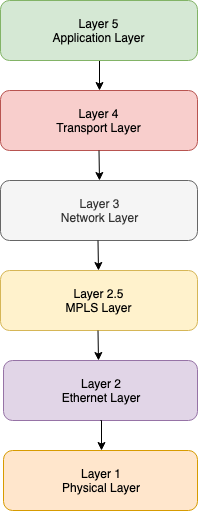



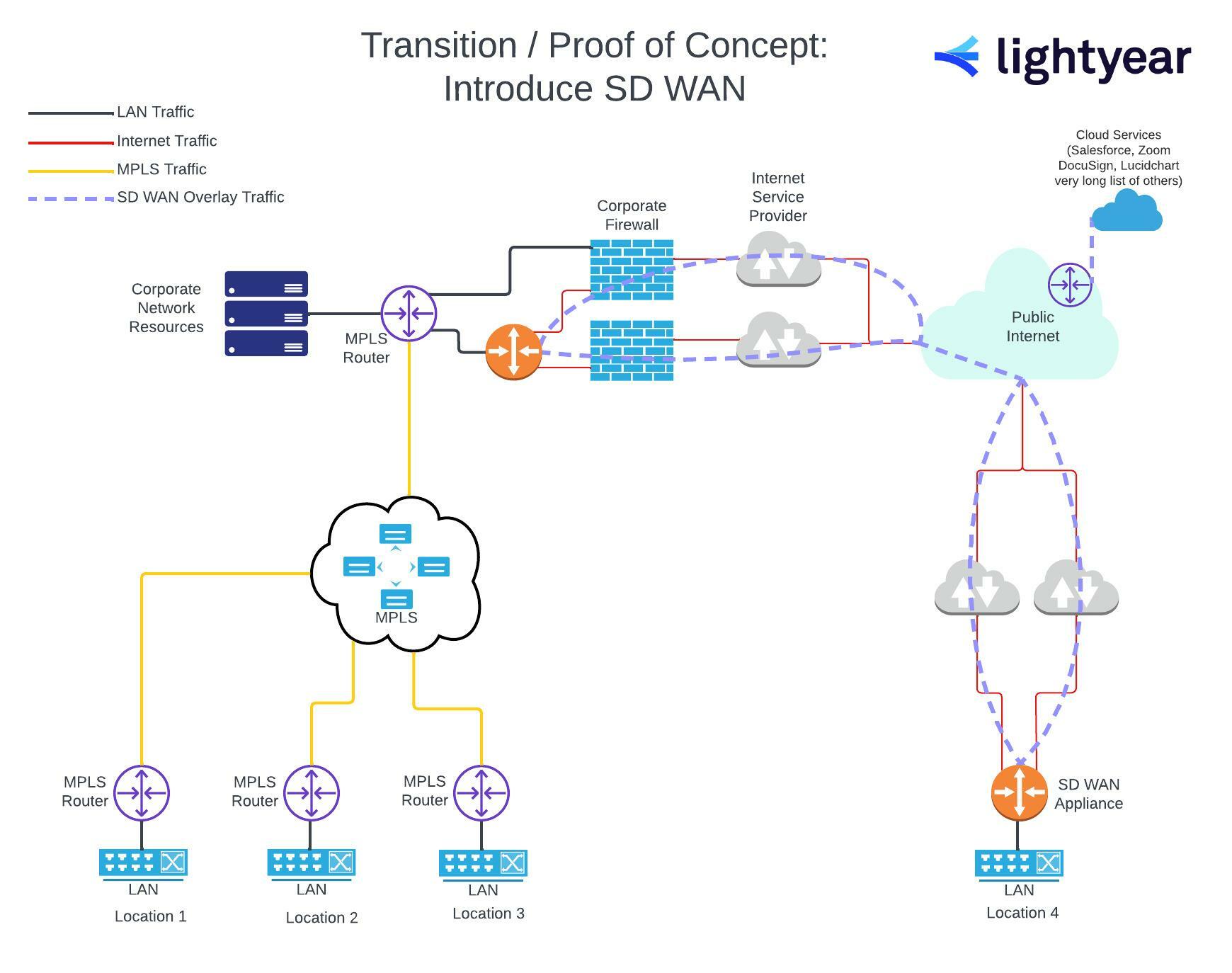
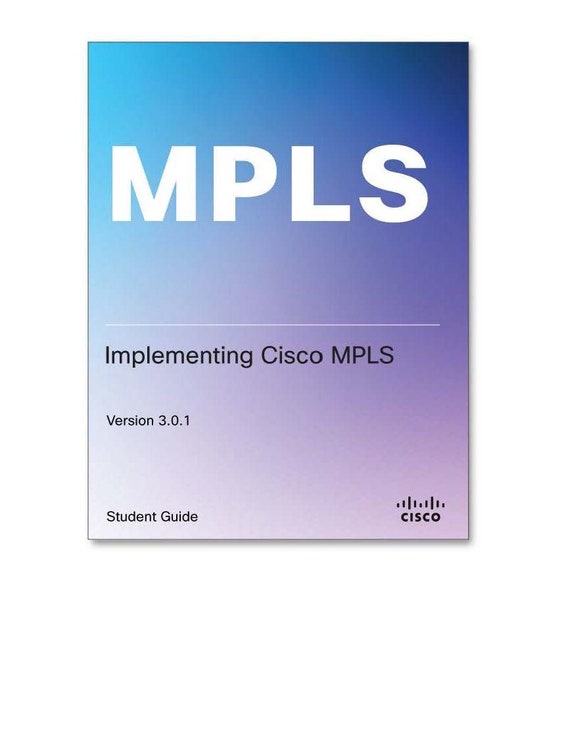




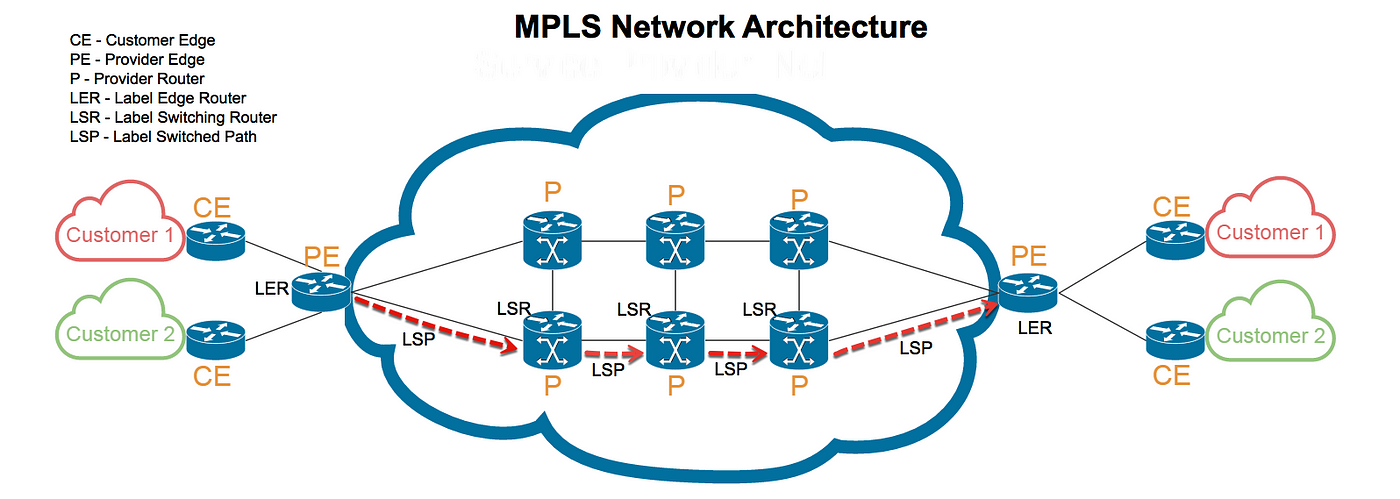




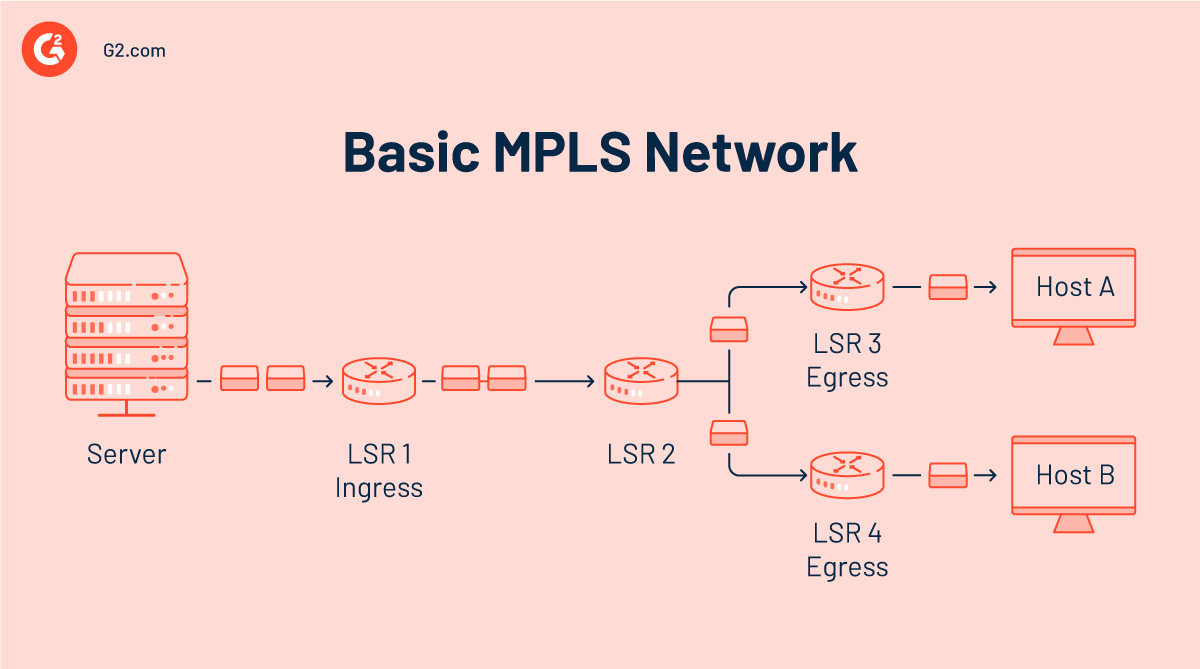
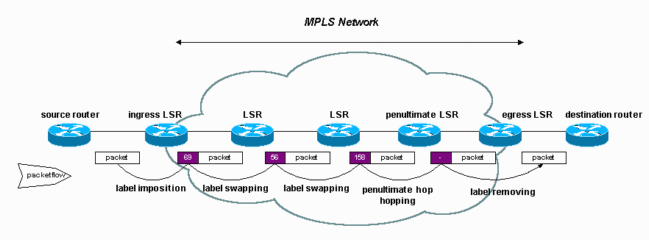






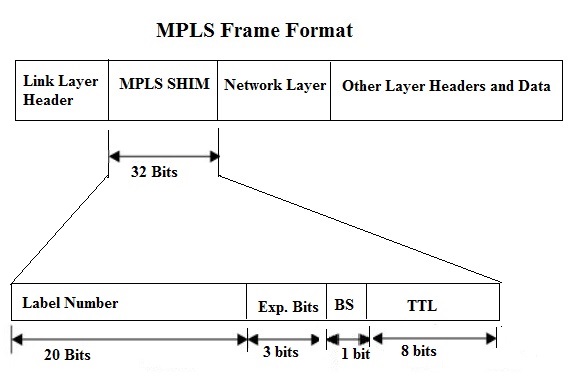
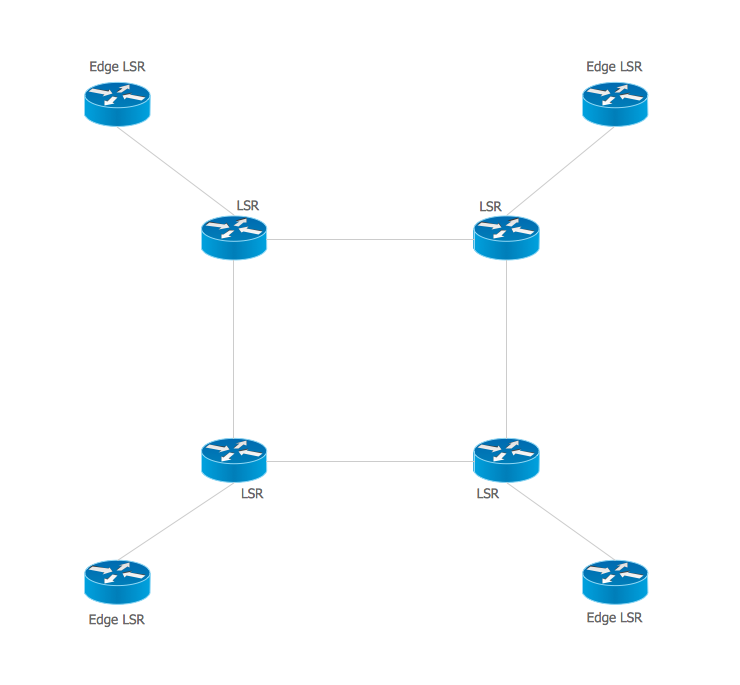


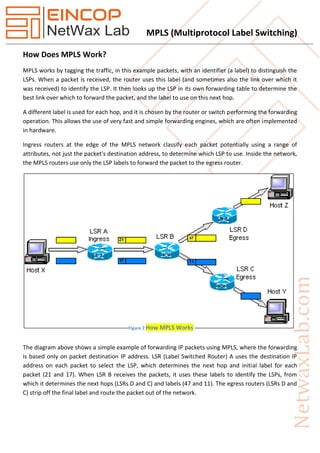
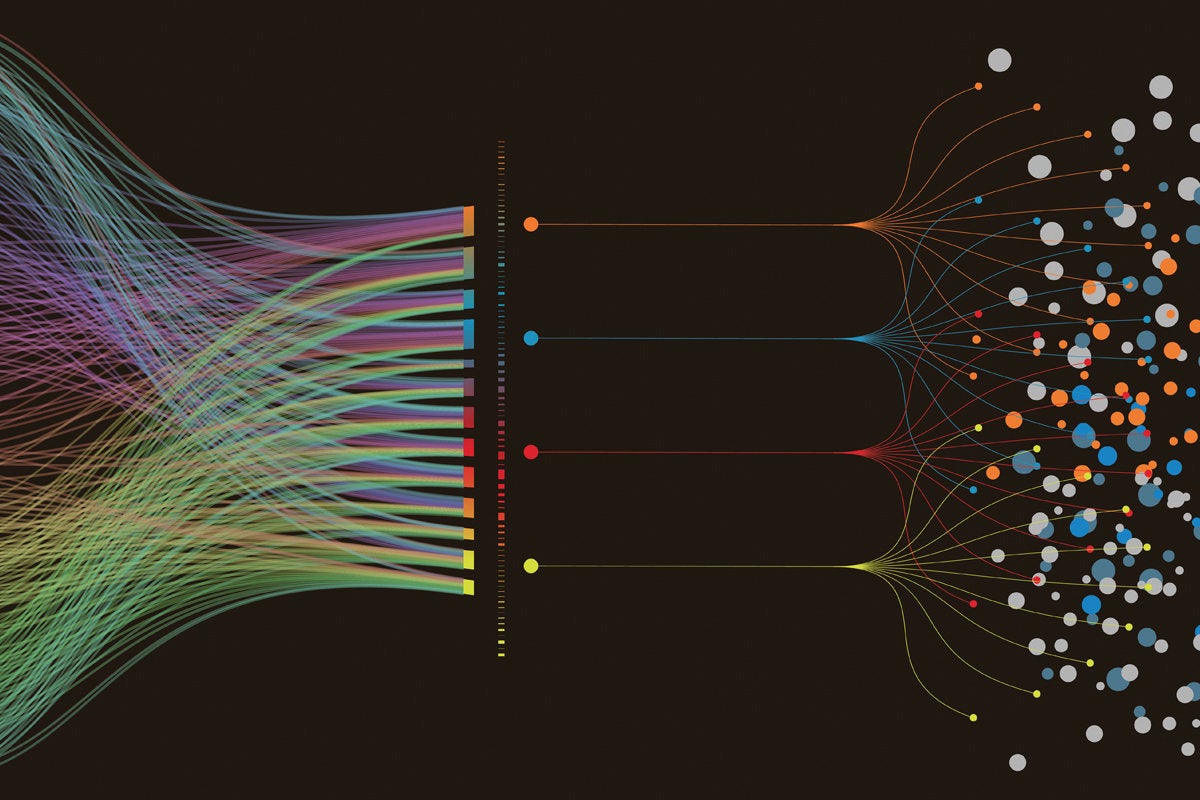
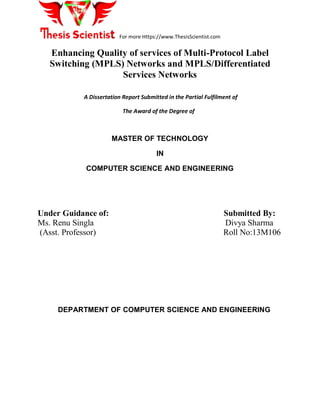


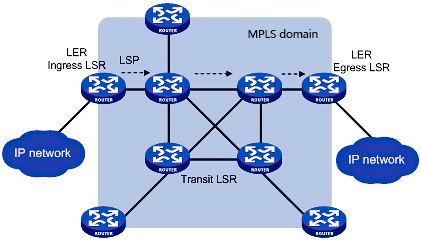

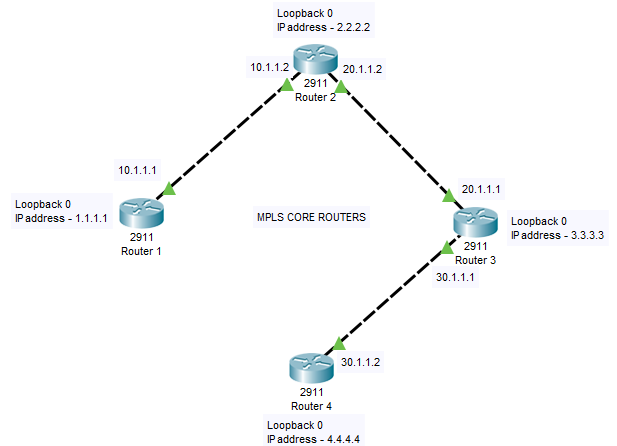

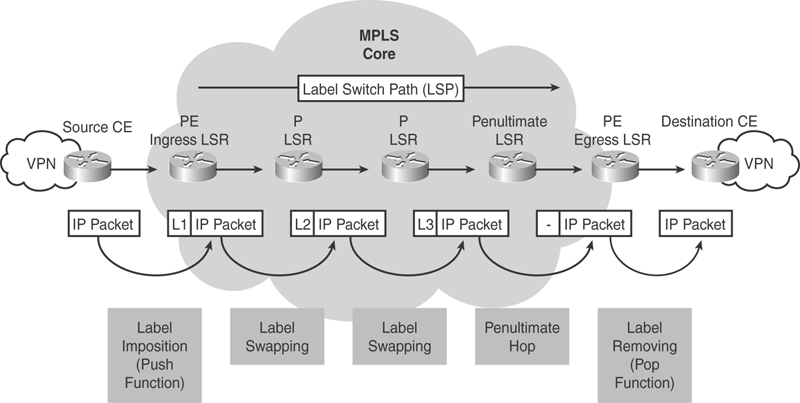

Komentar
Posting Komentar